This article was co-authored by Ken Breniman, LCSW, C-IAYT. Ken Breniman is a Licensed Clinical Social Worker, Certified Yoga Therapist and Thanatologist based in the San Francisco Bay Area. Ken has over 15 years experience of providing clinical support and community workshops utilizing a dynamic combination of traditional psychotherapy and yoga therapy. He specializes in eclectic non-denominational yoga guidance, grief therapy, complex trauma recovery and mindful mortal skills development. He has a MSW from Washington University in St. Louis and an MA Certification in Thanatology from Marian University of Fond du Lac. He became certified with the International Association of Yoga Therapists after completing his 500 training hours at Yoga Tree in San Francisco and Ananda Seva Mission in Santa Rosa, CA.
There are 8 references cited in this article, which can be found at the bottom of the page.
This article has been viewed 21,866 times.
In Sanskrit, “Namaste” means “the divine in me bows to the divine to you.” This greeting, prayer, and way of showing thanks has become internationally known due to the proliferation of yoga. Namaste can take on many meanings depending on the context, but it is always a positive gesture of respect. By performing Namaste, you can effectively show respect to others![1]
Steps
Performing Namaste
-
1Press your palms together in front your chest. Center your palms in the middle of your body with your elbows out. Both of your arms should be a perfect mirror of one another.[2]
- Namaste is about centering the energies of your body in balance and harmony. Think about finding the middle of your body as you press your hands together. Your wrists should be centered on your ribcage and not below.
-
2Point your fingers upward. Hold your fingers together rather than spreading them apart as you touch your hands together. Your thumbs should be pressed firmly against your body, so there is no gap between your chest and your hands.[3]Advertisement
-
3Bow slightly. Bend slightly from the waist, dipping your head. You can close your eyes as you do this to show reverence and respect. Pause for 1 second at the lowest point of the bow.[4]
-
4Say “Namaste” at the pause of your bow. Pronounce Namaste, “NA-ma-stay.” Some cultures simply bow without actually articulating the word, but it is not considered disrespectful to say it if you are unsure.[5]
- Namaste is often said in a calm and peaceful voice. It is a bit like a blessing, recognizing the divine in the person you are greeting. Treat it with reverence, like a small prayer.
- Namaste is a way of acknowledging the other person, that you see the light in them and that you see it in yourself. It indicates that you see them as your equal, or more precisely, that they are one with you.[6]
-
5Straighten your posture and open your eyes. Still holding your hands in place, release the bow, and lower your arms to your sides. You are now ready to interact with the person you're greeting.[7]
Using Namaste to Communicate
-
1Use Namaste as cultural convention in Hindu and Buddhist cultures. In some parts of Asia, such as in India, Namaste is a way of greeting everyone, whether the person is young, old, a friend, or a stranger.[8] [9] Consulting a guidebook before you travel can help clarify local customs.
- Use Namaste in these cultures the same way you would a greeting in yours. For example, you probably wouldn't shake the hand of a store owner when shopping, but you would shake the hand of a new colleague. If you're feeling unsure, ask a friend or hotel concierge to give you some insight into what is appropriate.[10]
-
2Express gratitude by performing Namaste. Use Namaste to thank people who provide a personal service to you. Whether it's someone who gives you thoughtful advice or your yoga teacher at the end of a good class, performing Namaste lets them know you sincerely appreciate what they've done for you.[11]
-
3Use Namaste to appreciate kindness. Reward the thoughtfulness of friends and family by performing a Namaste. Doing this lets them know you appreciate their thinking of you.[12]
- For example, you could perform Namaste if your mom packs your favorite lunch or a friend brings you a trinket from a recent trip.
-
4Use Namaste to feel close to God when you pray. Many Hindus perform Namaste during prayer in order to look into their inner spirit. Prayer is individual, so do whatever feels natural to you.[13]
-
5Greet people when you are ill. Namaste is a great way to greet others if you are trying to prevent the spread of germs. It shows respect without making physical contact.
-
6Write to a family member, friend, or respected elder. Use Namaste to show deference to people close to you, such as family and friends, in written correspondence. Rather than using the gesture, address your recipient, “Namaste Grandma” or “Namaste Sir.” This lets your recipient know that you hold them in esteem.
Expert Q&A
-
QuestionWhat is the meaning of namaste?
 Ken Breniman, LCSW, C-IAYTKen Breniman is a Licensed Clinical Social Worker, Certified Yoga Therapist and Thanatologist based in the San Francisco Bay Area. Ken has over 15 years experience of providing clinical support and community workshops utilizing a dynamic combination of traditional psychotherapy and yoga therapy. He specializes in eclectic non-denominational yoga guidance, grief therapy, complex trauma recovery and mindful mortal skills development. He has a MSW from Washington University in St. Louis and an MA Certification in Thanatology from Marian University of Fond du Lac. He became certified with the International Association of Yoga Therapists after completing his 500 training hours at Yoga Tree in San Francisco and Ananda Seva Mission in Santa Rosa, CA.
Ken Breniman, LCSW, C-IAYTKen Breniman is a Licensed Clinical Social Worker, Certified Yoga Therapist and Thanatologist based in the San Francisco Bay Area. Ken has over 15 years experience of providing clinical support and community workshops utilizing a dynamic combination of traditional psychotherapy and yoga therapy. He specializes in eclectic non-denominational yoga guidance, grief therapy, complex trauma recovery and mindful mortal skills development. He has a MSW from Washington University in St. Louis and an MA Certification in Thanatology from Marian University of Fond du Lac. He became certified with the International Association of Yoga Therapists after completing his 500 training hours at Yoga Tree in San Francisco and Ananda Seva Mission in Santa Rosa, CA.
Certified Yoga Therapist Namaste is a way of acknowledging that you see the light in another person, that you see them as your equal, and that you are one with them.
Namaste is a way of acknowledging that you see the light in another person, that you see them as your equal, and that you are one with them.
References
- ↑ https://www.youtube.com/watch?v=4EPiyF_s8ko&feature=youtu.be&t=41
- ↑ https://www.theguardian.com/travel/gallery/2010/jan/28/hindi-gestures
- ↑ https://www.theguardian.com/travel/gallery/2010/jan/28/hindi-gestures
- ↑ https://www.theguardian.com/travel/gallery/2010/jan/28/hindi-gestures
- ↑ https://www.youtube.com/watch?v=CE4Z9tBnegw
- ↑ Ken Breniman, LCSW, C-IAYT. Licensed Clinical Social Worker & Certified Yoga Therapist. Expert Interview. 24 April 2020.
- ↑ https://www.theguardian.com/travel/gallery/2010/jan/28/hindi-gestures
- ↑ http://anmolmehta.com/hand-yoga-gestures-free-illustrations/
- ↑ https://www.thoughtco.com/what-does-namaste-mean-1770004
- ↑ http://www.bmj.com/rapid-response/2011/11/02/namaste-or-handshake-time-ponder
- ↑ https://www.youtube.com/watch?v=4EPiyF_s8ko&feature=youtu.be&t=31
- ↑ https://www.youtube.com/watch?v=4EPiyF_s8ko&feature=youtu.be&t=31
- ↑ https://www.thoughtco.com/what-does-namaste-mean-1770004
- ↑ https://www.thoughtco.com/what-does-namaste-mean-1770004
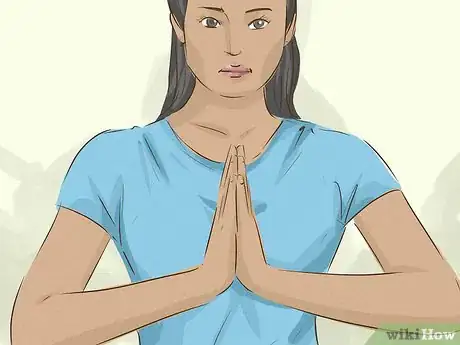
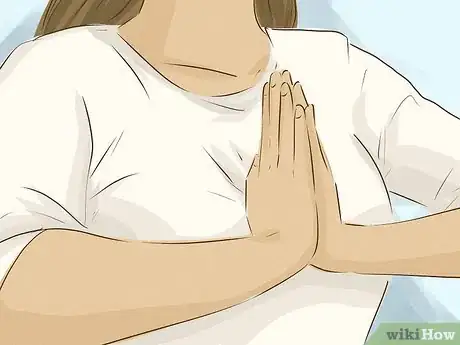
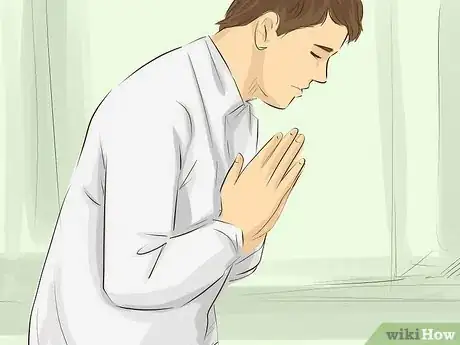
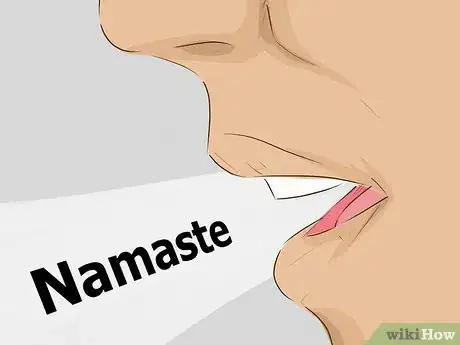

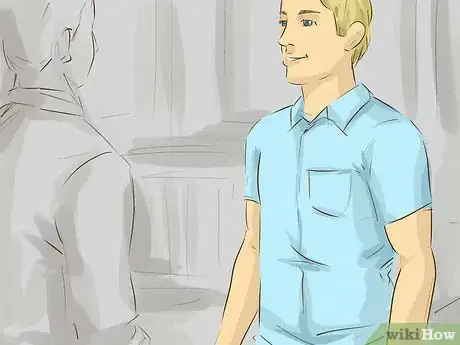
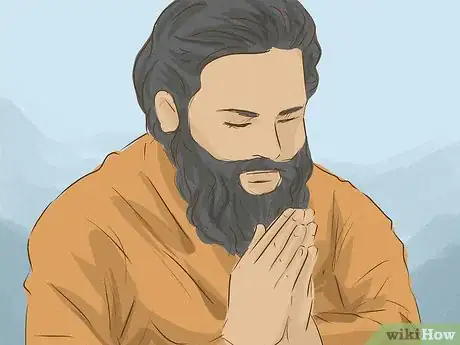
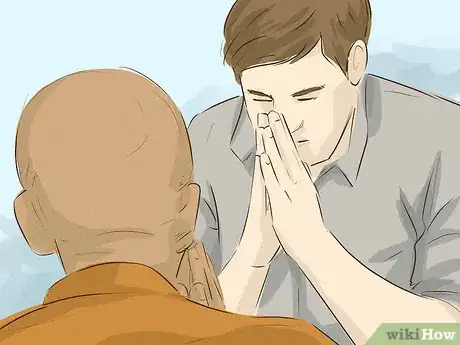
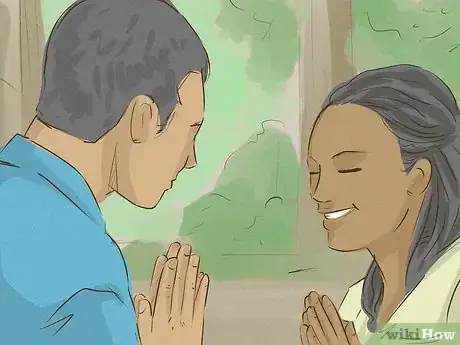
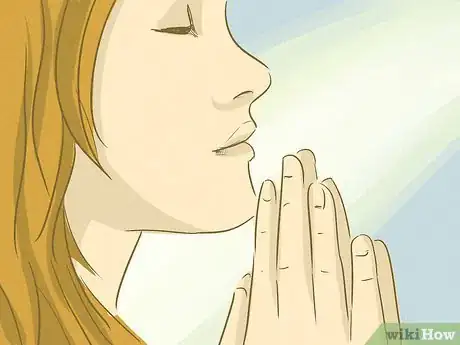
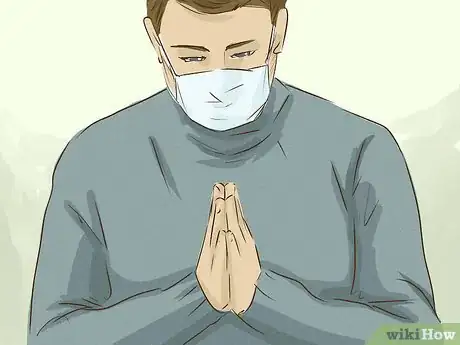
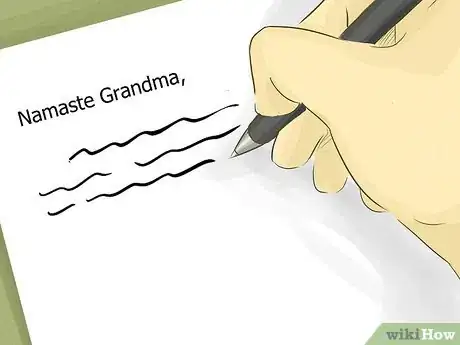


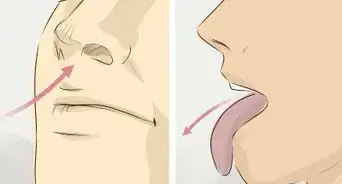






-Step-6-Version-3.webp)















































